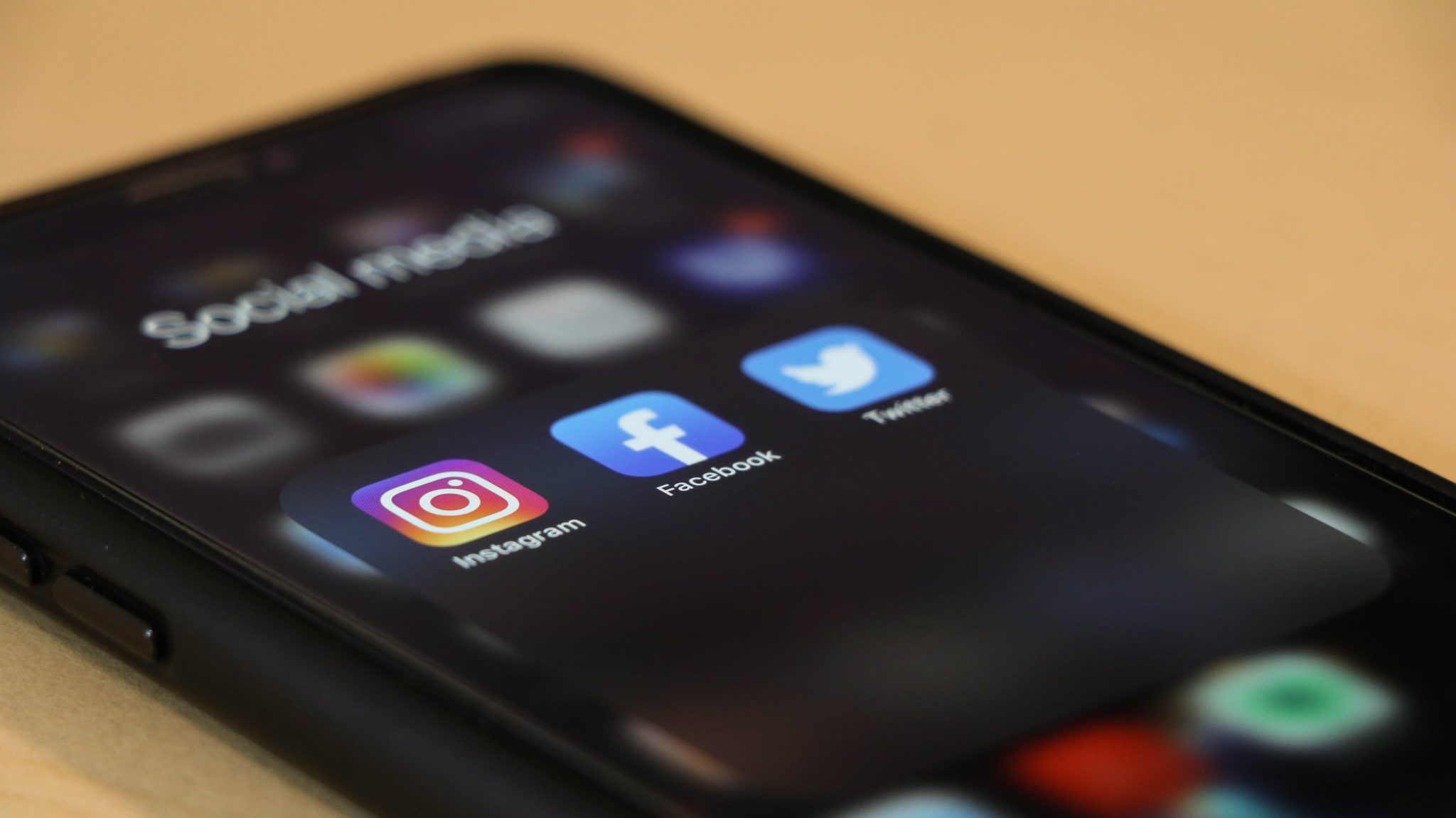Your online presence reflects you. Who you are as a person, what your interests are, and your level of self-awareness. Not only can it be embarrassing, but a cringe-worthy tagged photo or an old, forgotten tweet can have consequences on future professional and personal relationships.
Now I’m not saying to delete your entire online presence and go back to communicating through pigeon post, but rather begin to consider what content you’re liking, sharing or commenting on, and begin to clean up!
You may have heard the story of actress Shila Iqba, who was fired in April 2019 over a series of offensive tweets from 2013, just after she signed a permanent contract with Emmerdale. It’s not just public figures or celebrities that are at risk of being #exposed due to their past social media content!
A survey conducted by The Manifest, tells us that 90% of employers find social media important when they evaluate candidates. Job recruiters, University admission officers, and your boyfriends’ mum are likely all looking at your social media right now. So how do you want to portray yourself to them? Let’s look at beginning to Hinch your social media.
To start with, here are some things you should consider deleting across all platforms:
- Discriminatory comments based on religion, race, political views, gender, etc.
- Content indicating drug use or drinking
- Inappropriate or provocative photographs, videos or posts
- Complaints about previous employers or colleagues (or potential future ones!)
Firstly, look at cleaning up your posts, as these are things you have said directly and come across as your own views.

Facebook gives you a few options, you can delete the content, or change who has permission to view it. Scrolling to find each individual post you wish to delete can be time consuming, instead you can use the activity log, found in the sidebar which will speed up the process.
This will allow you to manage your previous activity as you can sift through posts, content you’re tagged in, and your interactions quickly. You can also filter your search based on key words or dates. Using this function doesn’t only bring up your old status’, but also anything you’ve commented on or posted on other peoples’ walls as well.
Removing photos can be fairly straightforward because you can delete albums in bulk. Although, remember it’s not only the photos you’ve uploaded yourself that you should look through. Photos that you’re tagged in will also show up on your profile so consider un-tagging yourself from these or changing the privacy settings.
Finally, you should look through pages you’ve previously liked or followed. People will often look through what you’re ‘interested’ in and aren’t going to be impressed by that ‘like if you love Rihanna’ page you liked a decade ago. Not forgetting to revoke any permissions for games and apps that you no longer use.
Twitter can be slightly trickier to deep-clean because, unlike Facebook, there isn’t a function to bulk-delete content, and your profile only displays 3,200 tweets at a time.
One way to combat this is by utilising Twitter’s ‘Archive’ feature. Simply click your profile icon and select ‘Settings and privacy’ and then ‘Account’. Under ‘Data and permissions’, select ‘Your Twitter data’, from there you can request to download an archive of your data to see all of your Twitter posts and interactions and begin to clean up your account.
If you know roughly what phrases and dates you sent out those cringe-worthy tweets about your employer, you can search for it using the advanced search feature. Regardless, you still have to delete each tweet individually, which can be time-consuming if you’ve had twitter for a number of years.
All of this seems pretty time consuming, so you can use third party software to delete multiple tweets at once such as ScrubberSocial or AllMyTweets, but you should always be cautious when using third party software.

You can choose to hide old photos and videos using Instagram’s’ archive feature instead of outright deleting them forever. To do this, click the grey ellipsis in the top right of your selected photo, which will produce a menu, showing ‘Archive’ as the second option. By archiving the post, all the likes and comments are retained in case you decide to change your mind later. Similarly to Twitter, Instagram doesn’t have a feature to delete posts in bulk within the app.
Using social media to your advantage
After reading this, you now might be tempted to conduct the ultimate deep scrub and delete all social media forever! If you really don’t like any of the content across your social media channel, you can always blast out the stain remover and start from scratch, being mindful of what you post in the future.
Everything that you post online should be considered and you should know what is currently out there regarding your digital footprint. Accounts or individual posts can be set to varying degrees of privacy so, for example, only people who are your friends and followers can view your content. Google yourself to know what’s out there for others to see and stay safe.
#HappyHinching!


